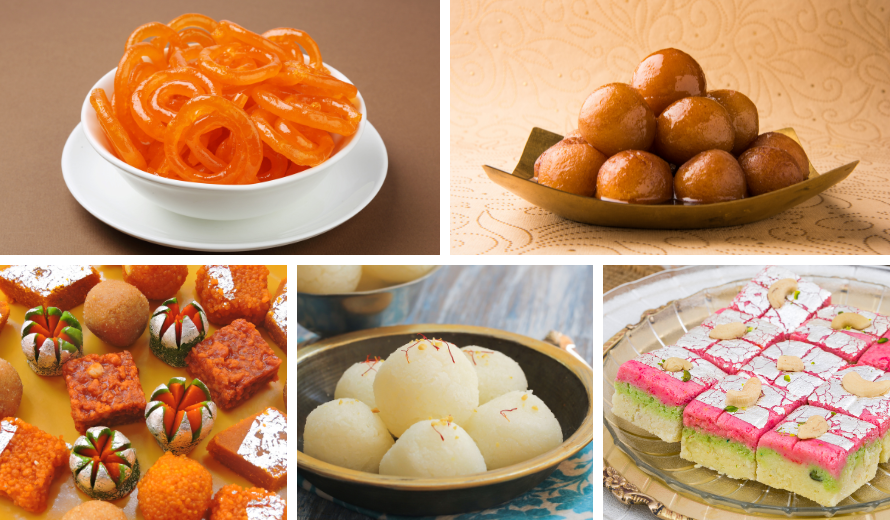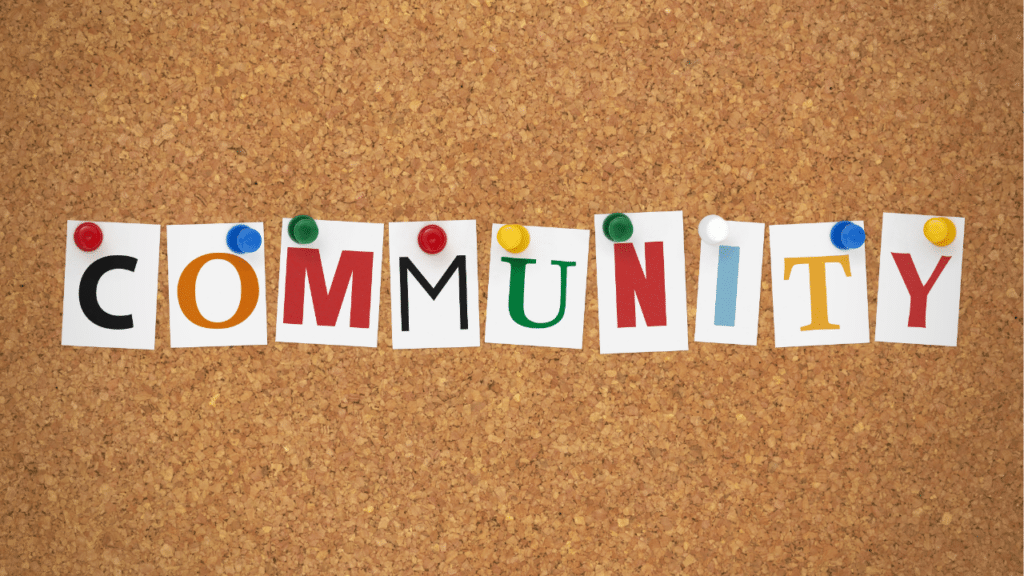The Best Indian Desserts to Try at Your Local Restaurant

Indian desserts are not just delectable treats; they are a testament to the rich and diverse culinary heritage of the country. Their history dates back centuries, and they have played a significant role in Indian culture and tradition.
Sweets in India have been cherished for centuries, with mentions of various sweet delicacies dating back to ancient texts such as the Vedas and the Ramayana. The art of making sweets was mastered in royal kitchens, where skilled chefs concocted elaborate desserts fit for kings and queens. These royal sweet recipes have been passed down through generations, influencing the sweets we savor today.
Sweets were not just a culinary delight but also held religious and cultural significance. In Hindu traditions, sweets were and continue to be an essential part of rituals and celebrations. They are offered to deities during puja ceremonies and distributed among devotees as prasad. Moreover, Indian weddings and festivals are incomplete without an array of traditional sweets, symbolizing happiness, prosperity, and unity.
Popular Indian Desserts: The Sweet Symphony
Indian desserts are a fascinating array of flavors, textures, and aromas. Let’s take a closer look at some of the most popular and iconic Indian sweets:
Rasgulla
Hailing from the state of West Bengal, rasgulla is a soft and spongy sweet made from chhena (cottage cheese) balls, simmered in sugar syrup. The delightful melt-in-your-mouth texture and subtle sweetness make it a beloved dessert.
Jalebi
With its intricate coil-like shape and deep orange color, jalebi is an iconic Indian dessert. Made from fermented batter deep-fried and soaked in sugar syrup, it’s known for its crispy exterior and sweet, syrupy goodness.
Gulab Jamun
These golden brown, soft, and spongy dumplings are made from khoya (milk solids) and flour. They are then soaked in sugar syrup, infusing them with a fragrant rose flavor.
Barfi
Barfi is a broad category of Indian sweets, known for their fudge-like texture. It comes in various flavors like kaju (cashew), pista (pistachio), and coconut, and they’re often garnished with silver leaf for an elegant touch.
Halwa
Halwa is a quintessential Indian dessert made from semolina, wheat, or various lentils. It’s often flavored with cardamom, saffron, and garnished with nuts. Variations include sooji halwa, gajar halwa, and moong dal halwa.
Regional Variations: A Sweet Tapestry of Diversity
The beauty of Indian desserts lies in their regional diversity. Each state and culture has its unique sweets, reflecting local ingredients and traditions
Sandesh: A Bengali favorite, sandesh is a delicate sweet made from fresh paneer (Indian cottage cheese) and flavored with cardamom, saffron, or rose water. It’s known for its soft and crumbly texture.
Modak: A traditional Maharashtrian sweet, modak is made during the Ganesh Chaturthi festival. It features a sweet rice flour or wheat dough filled with jaggery and grated coconut, then steamed or fried.
Pros and Cons: Balancing Sweetness
Indian desserts offer a myriad of advantages, but it’s essential to be mindful of their potential drawbacks:
Pros:
Rich in Tradition: Indian sweets are not just confections; they are an integral part of Indian culture and tradition. Enjoying them allows you to connect with the country’s heritage.
Variety of Flavors: Indian desserts offer a diverse range of flavors, from the delicate and floral to the rich and nutty. There’s something to satisfy every palate.
Nutrient-Rich Ingredients: Many Indian sweets incorporate nutritious ingredients like nuts, milk, and whole grains, providing a source of essential nutrients.
Cons:
High Sugar Content: Most Indian sweets are laden with sugar, making them calorie-dense. Overindulgence can lead to health issues like obesity and diabetes.
Rich in Fats: Ghee and oils are common ingredients in many sweets, contributing to their richness but also increasing calorie and fat content.
Portion Control: It’s easy to overindulge in Indian sweets due to their deliciousness. Practicing moderation is key to enjoying them without adverse health effects.
Dessert Etiquette: Tips for Enjoying Indian Sweets
When indulging in Indian sweets at your local restaurant, consider these etiquette tips:
Sharing
Indian sweets are often shared among friends and family. Order an assortment to enjoy a variety, and don’t forget to offer some to your dining companions.
Portion Control
Given their richness, opt for smaller portions or share with others. This way, you can savor multiple sweets without overindulging.
Cultural Appreciation
Take a moment to learn about the cultural significance of the sweets you’re enjoying. It enhances the experience and shows respect for the traditions behind them.
Wash Your Hands
Many Indian sweets are best enjoyed with your hands, so be prepared to wash up or use utensils if you prefer.
The world of Indian desserts is a delightful journey of flavours and traditions. Each sweet reflects the cultural and culinary diversity of the country and offers a glimpse into its rich heritage. By understanding the historical context, appreciating regional variations, and practicing dessert etiquette, you can fully savor the sweet symphony that is Indian cuisine. So, next time you visit your local Indian restaurant, be sure to save room for the delectable dessert offerings and share the joy of Indian sweets with fellow dessert lovers.






